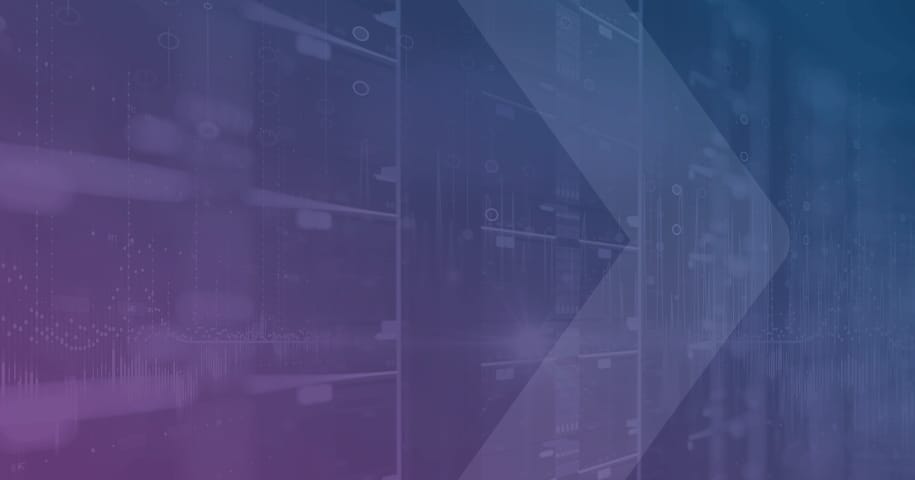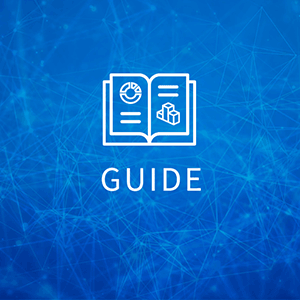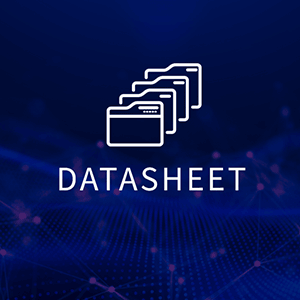As organizations experience dramatic growth in software and cloud usage, managing consumption and optimizing usage have never been more important. According to the Flexera 2023 State of the Cloud Report, cloud professionals claim 28 percent of cloud spend is wasted. However, two crucial constituents—SAM and FinOps teams—typically operate independently despite their critical interdependencies, with limited resources. Both ITAM and FinOps teams have experienced a common challenge of finding talent with relevant experience, especially in the past few years. This has led to a continual struggle handling the financial aspect of the modern hybrid IT landscape.
Although SAM and FinOps are often siloed apart from each other within organizations according to research from major analysts and Flexera third-party studies, Gartner analysts recently had this prediction: By 2025, 50 percent of organizations will unify SAM and FinOps into a consolidated discipline delivering portfolio cost management and governance.1
From our perspective, a strong reason for this prediction is organizations see their buying and bargaining power decreasing as they become predominantly cloud-centered, and the costs and effort involved in migrating to the cloud dramatically increase. Because of this, SAM teams are best equipped to offset cost increases through identification of unused applications. In the same way that FinOps is focused around a culture of accountability for the cloud-based resources used throughout an organization, SAM teams have a mission of making sure licenses and the correlating vendors are optimized when they’re running on resources, regardless of where those resources are located.
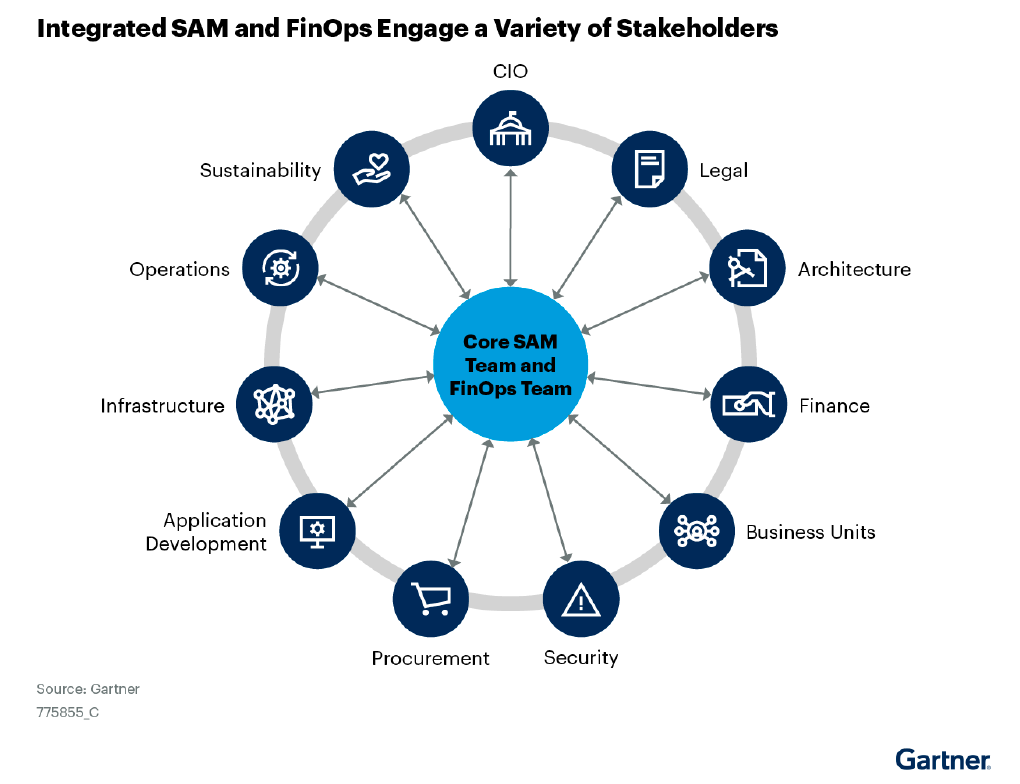
While cloud resources and the software running on them provide significant value to organizations and their end users, organization leaders are also buying into the rapid adoption and benefits of cost visibility, allocation and governed processes.
Because of this, SAM is essential to realizing FinOps maturity. Assessing forecast requirements and identifying underutilized licenses are critical to any maturing FinOps practice, and certainly in efforts to achieve accurate unit economics. The FinOps foundation has recently recommended that any maturing organization should bring licensing considerations into their efforts. While taking into account the various discounting models offered by cloud providers is a core tenant of FinOps, considering the software running on those cloud resources also has to be considered to realize the best utilization of IT dollars, and reach the most accurate unit economics model. Software licenses associated with these resources can also result in audit implications that further affect broader cost optimization efforts.
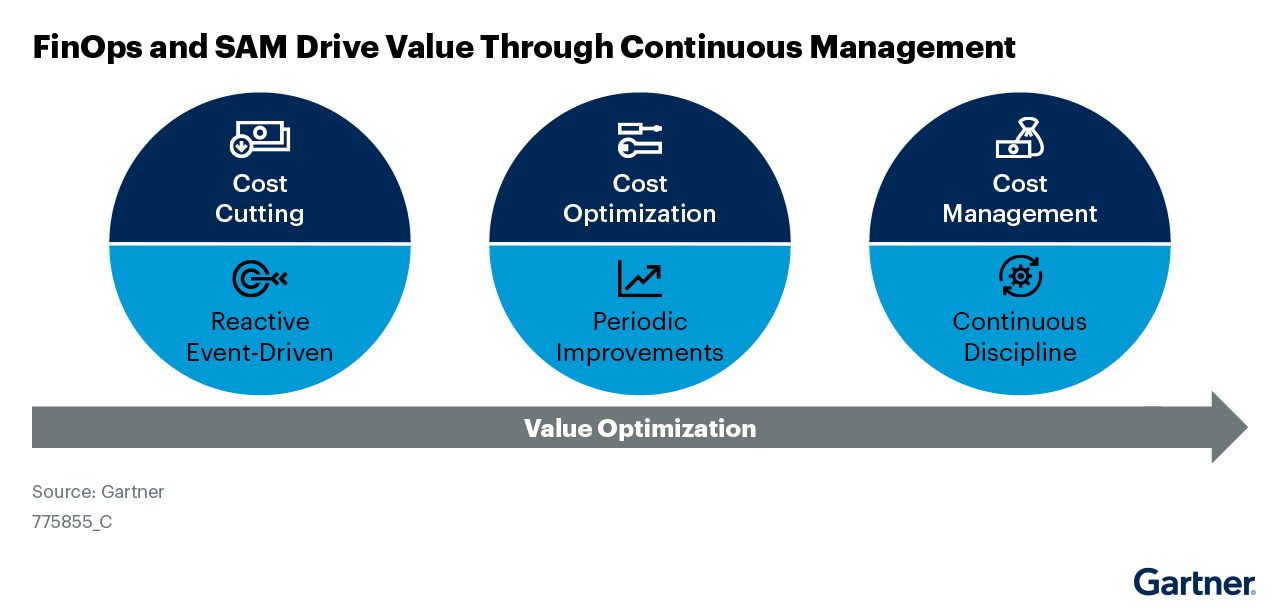
As a core tenant of FinOps, transparency through measuring and managing utilization is complex and vital for success. Visibility into all cloud services across providers, regions and business unit allocation must be established and maintained. The FinOps foundation model is designed to be continuously circular and ever-improving for this very reason—any growing organization will see dramatic changes to their cloud environments and corresponding licensing implications, either because of internal growth or through M&A activity, along with the constantly changing discounting provided by major cloud providers. All of this introduces new questions and opportunities for teams involved with optimizing the utilization and cost of IT resources.
Cloud Management
Take control of cloud use with out-of-the-box and customized policies to automate cost governance, operations, security and compliance.
Find out how your organizations can eliminate blind spots and operational silos, and minimize wasted spend, all by utilizing trustworthy data gathered through collaboration. Read the full Gartner Report here.
1Gartner, Target Software and Cloud Costs by Uniting Software Asset Management and FinOps, Stephen White, Yoann Bianic, Stewart Buchanan, 6 April 2023.
GARTNER is a registered trademark and service mark of Gartner, Inc. and/or its affiliates in the U.S. and internationally and is used herein with permission. All rights reserved. Gartner does not endorse any vendor, product or service depicted in its research publications, and does not advise technology users to select only those vendors with the highest ratings or other designation. Gartner research publications consist of the opinions of Gartner’s research organization and should not be construed as statements of fact. Gartner disclaims all warranties, expressed or implied, with respect to this research, including any warranties of merchantability or fitness for a particular purpose.
